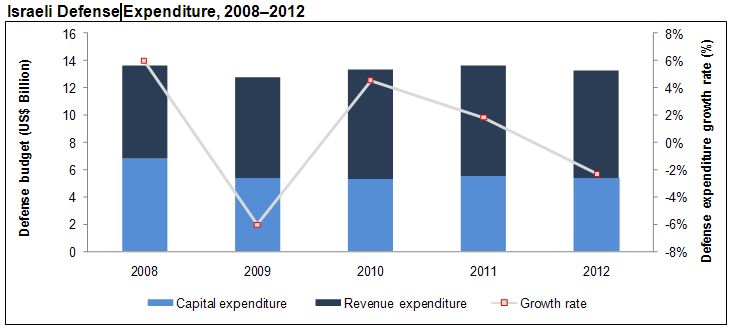Paper presented by the Minister for Defence, Stephen Smith, MP on Afghanistan
Tabled in conjunction with a Ministerial Statement on 12 May 2011
- Why we are there
- Progress
- Special Forces
- Chinooks
- Challenges
- Transition
- US Drawdown
- Reconciliation and Reintegration
- More Bushmasters for Afghanistan
- Detainee Management
- Afghan National Security Forces issue
- Sarpoza Prison Break
- Osama Bin Laden
- Pakistan
- Casualties
- Conclusion
The Government and I are committed to providing regular reports and updates on Afghanistan, including to the Parliament.
I last reported to the Parliament on 23 March, which followed my attendance at the meeting of NATO and International Security Assistance Force (ISAF) Defence Ministers in Brussels on 10 and 11 March.
My report on this occasion follows my recent visit to Afghanistan with the Chief of the Defence Force, Air Chief Marshal Angus Houston, to commemorate Anzac Day with our troops deployed in Uruzgan Province.
I also visited Kabul to speak to Afghan and ISAF partners.
Why we are there
Australia’s fundamental goal is to prevent Afghanistan from again being used by terrorists to plan and train for attacks on innocent civilians, including Australians in our own region and beyond.
To achieve that goal we must help prepare the Afghan Government to take lead responsibility for providing security for the Afghan people. We must stabilise the security situation and mentor and train the Afghan security forces.
Progress
It is the first time I have returned from a visit to Afghanistan with some cautious optimism that we are making progress on the security front.
I have previously reported my view that we have been making progress, but optimism is a word I have rarely if ever used with respect to Afghanistan.
ISAF and Afghan security forces have had a good winter campaign.
As noted in the latest United States (US) Defense report to Congress on “Progress in Afghanistan”, released on 29 April, the Taliban’s momentum has been halted and much of their tactical infrastructure and popular support removed.
Key insurgent safe havens have been eliminated and many insurgent leaders have been captured or killed.
Last year’s surge of 40,000 US and ISAF troops has been widely reported.
However, less well appreciated is the surge of 80,000 in the Afghan National Security Forces over the same period.
Indeed, Afghan security force growth is ahead of its growth target, with its ranks swelling to close to 300,000.
ISAF is now able to shift its focus from simply growing the size of the force to improving the quality and specialist capacities of the Afghan forces, such as artillery, where Australia is leading the training effort.
As a result of sustained ISAF and Afghan offensive operations, the Taliban has lost its clear home ground advantage in key terrain in the South – the central Helmand River Valley and Kandahar.
Cache finds have increased significantly, narcotics interdictions are up and there has been some success in interdicting the movement of Taliban forces and supplies from Pakistan tribal areas across the border into Afghanistan.
Special Forces operations continue to successfully capture or kill Taliban leaders and demoralise those who remain.
Progress in Uruzgan
Progress is also being made in Uruzgan Province.
In Uruzgan Province, ISAF and Afghan forces have extended security to areas previously controlled by the Taliban — from the Tarin Kot bowl to the Mirabad Valley in the east, Deh Rawud in the west, and north through the Baluchi Valey into Chora.
During my recent visit to Afghanistan I visited Australian troops at Forward Operating Base Mirwais in the Chora Valley, to the north east of Tarin Kot. A group of young Diggers told me that over the seven months of their deployment, the local Afghans were now more supportive of the combined efforts of Afghan and ADF troops to bring security to the valley.
During my previous visit to Afghanistan in September 2010 I visited Patrol Base Razaq in the Deh Rawud district.
In March, Australian soldiers and the Afghan National Army opened a new patrol base – Patrol Base Mohammed – near the village of Heydar on the eastern edge of the Mirabad Valley.
A successful six week security operation facilitated the construction of the patrol base on an important insurgent infiltration route by Afghan National Army engineers under Australian guidance.
Insurgent activity in the area had previously denied the Afghan people access to important government services and infrastructure development.
The new patrol base will allow the expansion of security and governance into the area.
More recently, Operation TIGER’S AVALANCHE aimed to clear insurgents from the Kamisan Valley region of northern Uruzgan.
The Operation was conducted over 11 days from mid-April onwards and discovered 39 caches of weapons and ammunition, including more than 2400 rounds of ammunition, 33 rocket-propelled-grenade warheads, 11 grenades, explosives, IED making components, six radios and opium resin.

 von
von 
